Rare Largest Size Steiff Stalking Lion Cub All ID 1954-1957 Only!
$199.00 Original price was: $199.00.$99.99Current price is: $99.99.
- Quality You Can Count On
- 100% High-Quality Guarantee
- 7 days free returns
- We take quality seriously.

Steiff made three sizes each of the standing/stalking versions of its three main wild cats: the leopard, the tiger, and this guy, the lion cub (hereafter “LC”). Each of the other two cats was made in at least two series for each size, but LC was made in only one series for each size, and only between 1954 and 1957, making him, by far, the hardest to find in the secondary market, and judging from my own experience, the hardest to find among the three LC brothers. Add to that the fact that he has all ID, and you have a rare cat indeed!
In the more than two decades I have been helping Steiff animals find new homes, I have helped just a few of this largest size LC (and not all that many of his smaller brothers either) and, if my records are correct, only one of the biggest guys had any ID at all—just a chest tag.
Mention of a chest tag is a good segue to describing LC’s condition. And his chest tag may be the worst thing about him. It is stained, with what almost looks like fire damage. I shudder to think that someone was handling him with a cigarette in his (or her) hand. Nothing is gone from the tag, so maybe calling it “charred” would be more accurate. As I said, maybe the dark areas are just staining (from what I could not guess).
In addition to the darker areas of the tag, it also has several creases. I reinforced the tag with a piece of cardboard on the back, and it looks MUUUUUCH better than it did when LC arrived. There is no way to undo the damage that the tag already suffered, but I believe I saved it from further damage, and it does not look THAT horrible when LC is on display.
The (double) string attachment of the tag has pulled up only slightly toward the red periphery, and there is no danger of it getting worse. I say that with the assumption that LC will be joining an adult’s collection and spend his retirement peacefully and safely on display, not subject to the curious poking and prying fingers of a child.
LC’s other pieces of ID are his button and flag, the latter of which is a little faded but absolutely legible. LC’s article number, as you should be able to see fairly well in my picture, is 1317,0. The “17” indicates his catalogued size to the top of his head. He is a little shorter, measuring just under 16 cm, about 6 1/4 inches, tall. Of course, you’d want to leave enough room for his ears.
LC is in very good condition. He has a little thinning in his sideburns (and even LESS in his beard ;-)), but the rest of his mohair coverage is complete. Despite his size, LC is just a cub, and he still has his baby spots. Both the spots and his underlying tawny color are faded, and the once-white color of his underside has darkened. This color change is the reason I am conservatively staying with “very good.”
If you have read any of my descriptions, you know that I rate my Steiff animals absolutely, using the same evaluation criteria no matter when they were made. Therefore, I don’t mean to be saying that LC is in very good condition “for his age.” If you want to bring age into it, you can say that he is in very good condition DESPITE his age
.
In addition to LC’s complete body coverage, I am happy to report that he has all his whiskers. The whiskers are not exactly symmetrical from one side of his nose to the other, but that is too trivial a consideration to count against him. It is far more important that he has all his whiskers (six on each side) than how well behaved they are. 🙂
Another feature of LC’s very good condition is the almost-completely firm condition of his tail, with just the slightest indication of stuffing separation near the juncture of his tail with his rear end. As is so often the case in animals with long, extended tails, the stuffing inside has separated. Sometimes, like this one, this separation is minor and not aesthetically unappealing, and I just leave the tail as it is. On other occasions, I have to do major surgery, opening up the tail and filling it with some reinforcing excelsior. That is never without risk on an older animal, and I am happy to report that it wasn’t necessary with LC.
But allowing a comfortable back-to-front display space is just as important as giving an animal sufficient head room. That is why, in addition to knowing LC’s height, you have to know his length, especially if you are going to display him facing front in your vitrine, perpendicular to the back wall. If you don’t leave room for his tail to touch the ground naturally, without being mooshed into wall, you can cause the kind of damage I am talking about here. From the tip of his nose to the tip of his tail, LC measures just under 15 inches.
There is one condition issue that almost always comes at the end of my discussion, since it has no bearing on an animal’s visual appeal. And so it is for LC. He has “roared” his last, but you wouldn’t know that when you admired him standing in your vitrine, His squeaker depresses, but it emits no sound with the usual squeeze, other than the crunch of his excelsior stuffing.
I mentioned that LC is the largest of the three sizes of stalking lion cub, His baby brother is also in my shop, and it would be wonderful if they could stay together. In addition to them, you can find several other lions and other species of wild cat, so please take a look at them too. I can’t think of anything else to tell you, but please write if you have any questions.
WHATEVER YOU DECIDE TO DO ABOUT LC OR ANY OF MY OTHER STEIFF ITEMS, PLEASE BE SURE TO SEE THE ARTICLE I HAVE WRITTEN ABOUT STEIFF ID FRAUD—INCLUDING COUNTERFEIT CHEST TAGS—(AND OTHER IMPORTANT INFORMATION FOR COLLECTORS). YOU WILL FIND THE LINK ON THE BOTTOM RIGHT OF MY SHOP HOME PAGE UNDER “FAVORITE LINKS.” IF YOU HAVE NOT LOOKED AT IT RECENTLY, I UPDATED AND EXPANDED IT IN DECEMBER, 2022.
| ITEM ID | rl-2852 |
|---|---|
| COLOR | Brown, Gold, White |
| ITEM TYPE | Vintage |
| FINE PLUSH AGE | Post 1950 |
Be the first to review “Rare Largest Size Steiff Stalking Lion Cub All ID 1954-1957 Only!” Cancel reply
Related products
Dolls
Rare AND With Unusual Coloring Next To Largest Sister Steiff SWAPL Black Persian Lamb ID BAAAAAA!





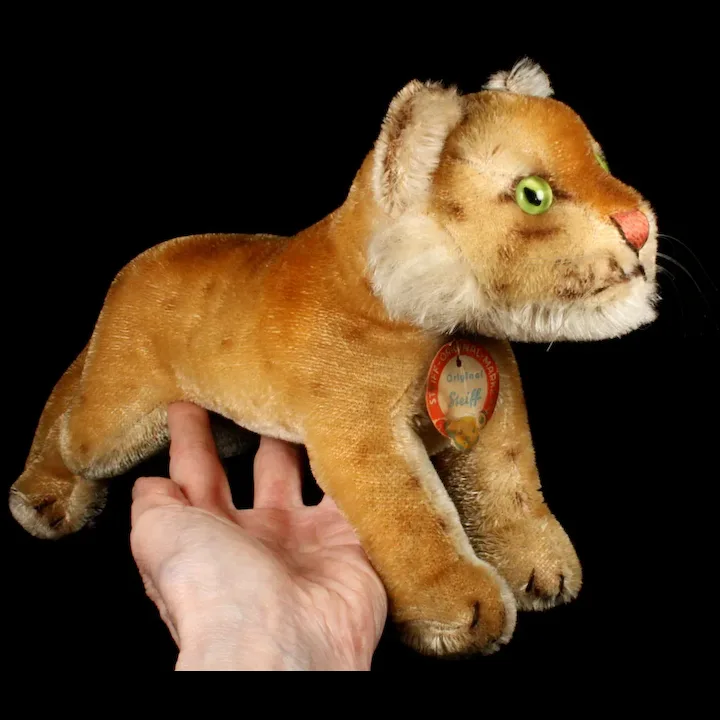
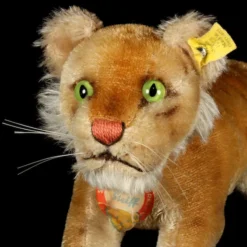
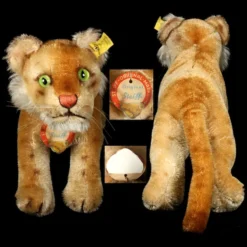

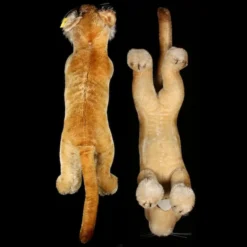

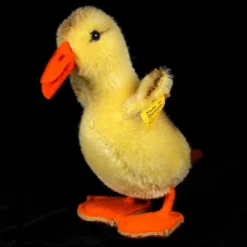
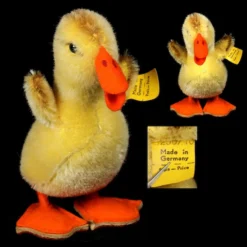
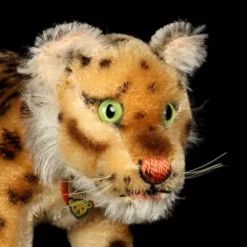


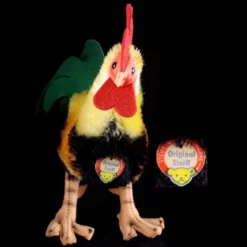

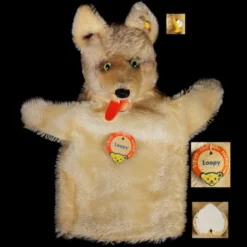
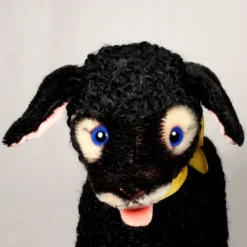
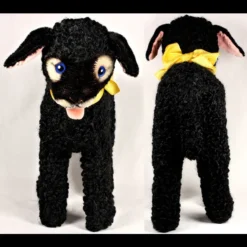
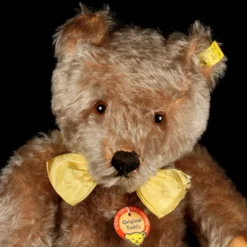


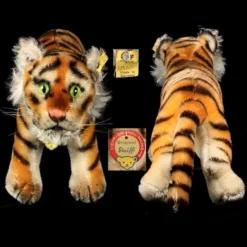
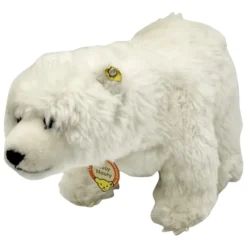
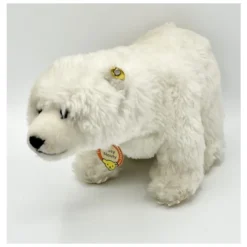
Reviews
There are no reviews yet.